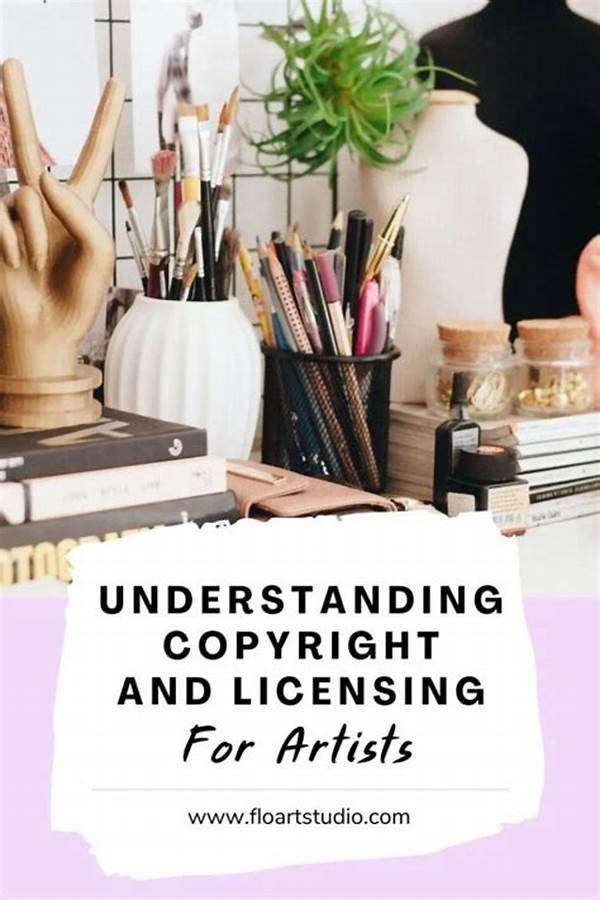Categories
Artist
Understanding Digital Art Licensing Rights


In the dynamic world of marketing, visual storytelling for branding has emerged as a powerful…
In recent years, the art world has experienced a transformative shift with the advent of…
In the ever-evolving fusion of technology and art, interactive AI-based sculptures represent a groundbreaking frontier.…